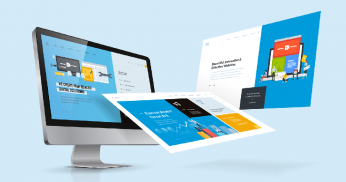According to the Digital 2019 report, a typical person spends 6 hours and 42 minutes online every day. The rise of the internet has revolutionized how we live and communicate and moved most of us to live a digitally-driven lifestyle. This is now exacerbated as we live in a ‘new normal’ because of the COVID-19 pandemic where we are pushed more than ever to rely on the internet for entertainment, education, employment, and livelihood among others.
With everyone depending on the internet for their access to necessities and supplies (i.e., food, appliances, medicines, clothes, among other products and services), website development has become more crucial to any business’ success. Website development is one of the ways to ensure the success of your business by informing people of products and services your business offers, getting to know your (possible) customers better, and understanding how to improve your product and service further.
Website or web development services include building, creating, and maintaining websites. It includes aspects such as web design, web publishing, web programming, web content creation, and database management.
Having an online presence is no longer an option for businesses; it is a requirement! Here are more of the reasons why companies need to invest in web development services:
Increasing Accessibility
It allows businesses to be accessible at any time of the day. It provides space for everyone to access the information they need when they need it. Whenever customers need to know something about the business, having a contact form, a live chat, an option to comment, or a phone number is a step towards them, which increases the possibility of sealing the deal.
Proving Credibility and Reliability
It allows effective communication with customers. Interacting and engaging with customers shows that the business is concerned about their satisfaction and is responsive to their needs. People prefer to transact with a business with their own websites as it gives them security and assurance.
Expanding Reach
It helps businesses to expand their reach by attracting possible customers or leads. Through website development, testimonies about your product/service will be available. These details help earn the trust and confidence of potential customers in the future. A properly designed website can help build an audience, target niche customer bases, and quickly return your investments. Your website conversion rate can multiply by 200-400 percent if your webpage is well-designed and has a functional, responsive interface.
Read more: The Importance of Investing in Web Development for Your Business








